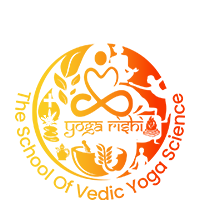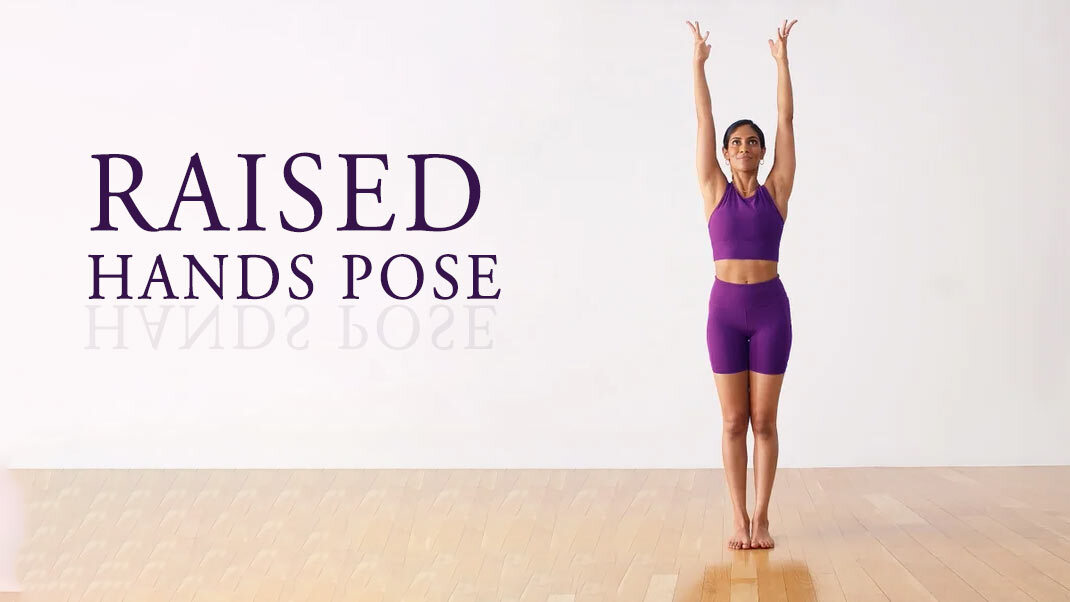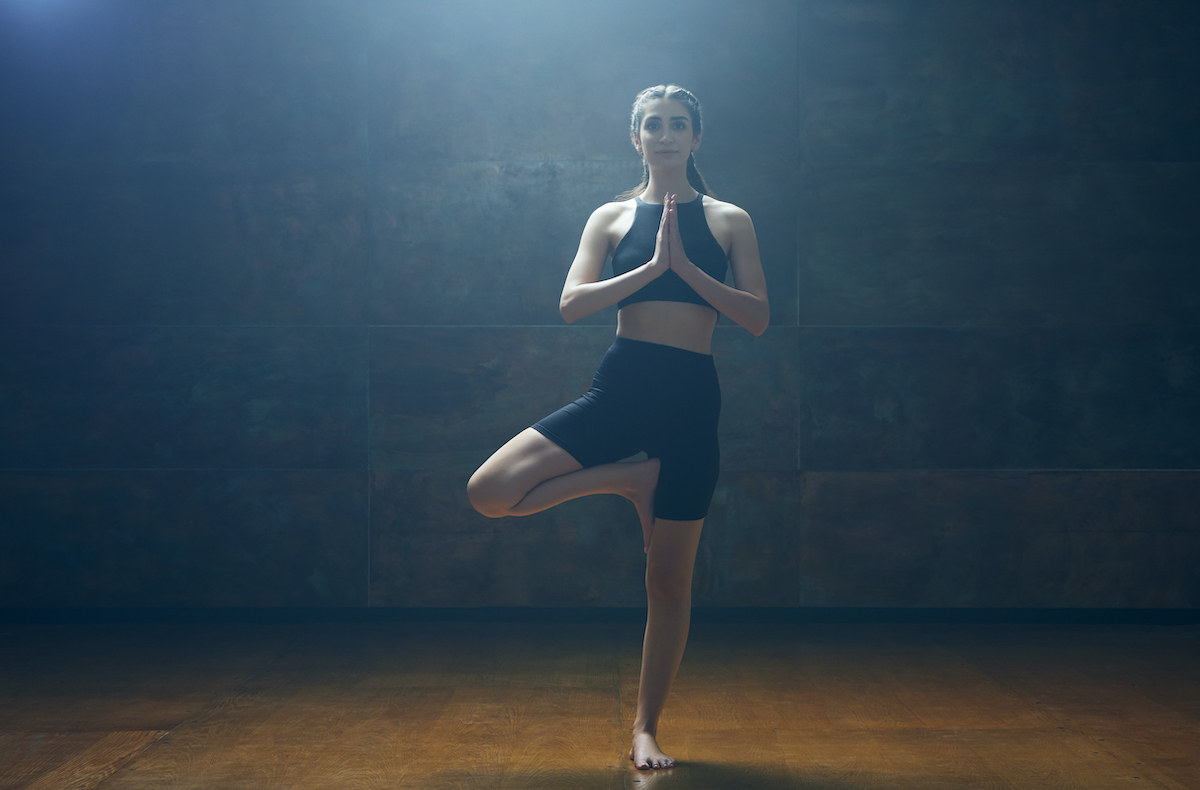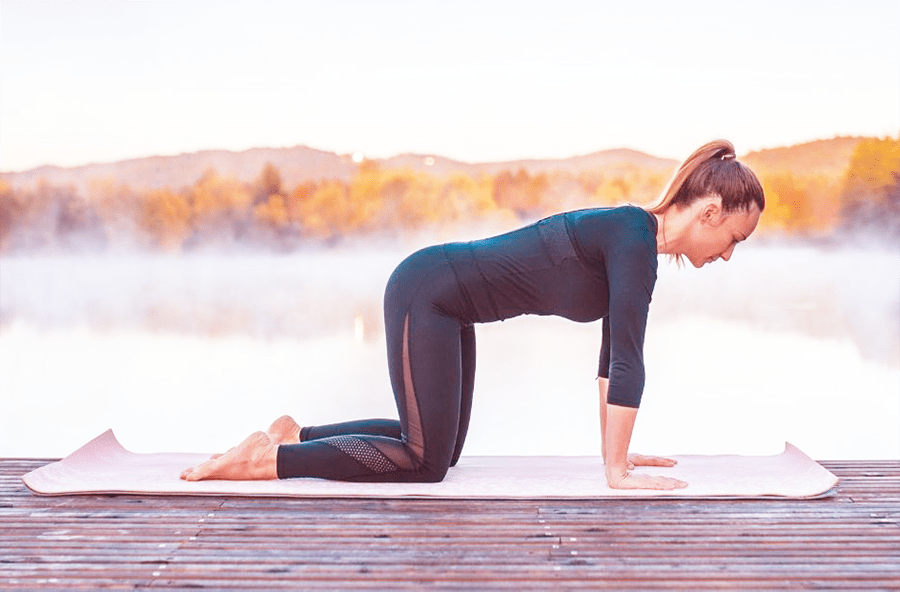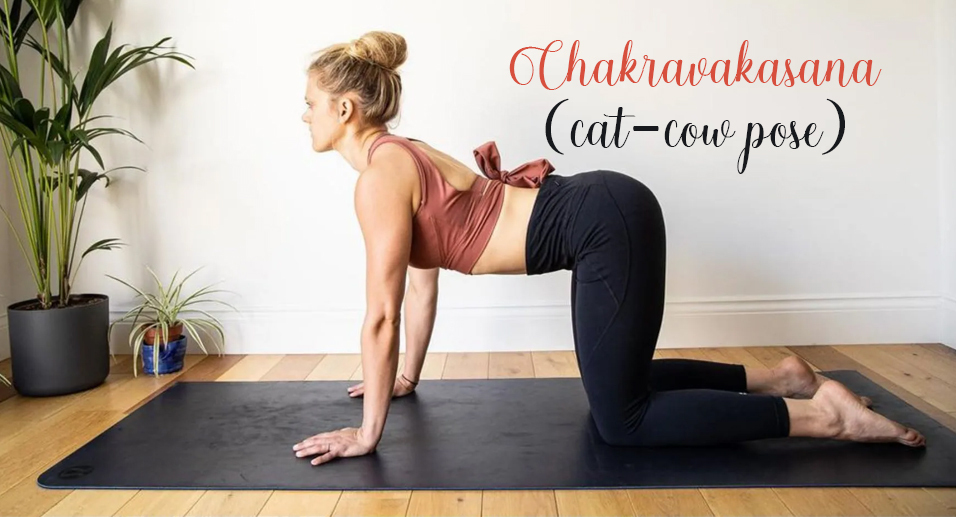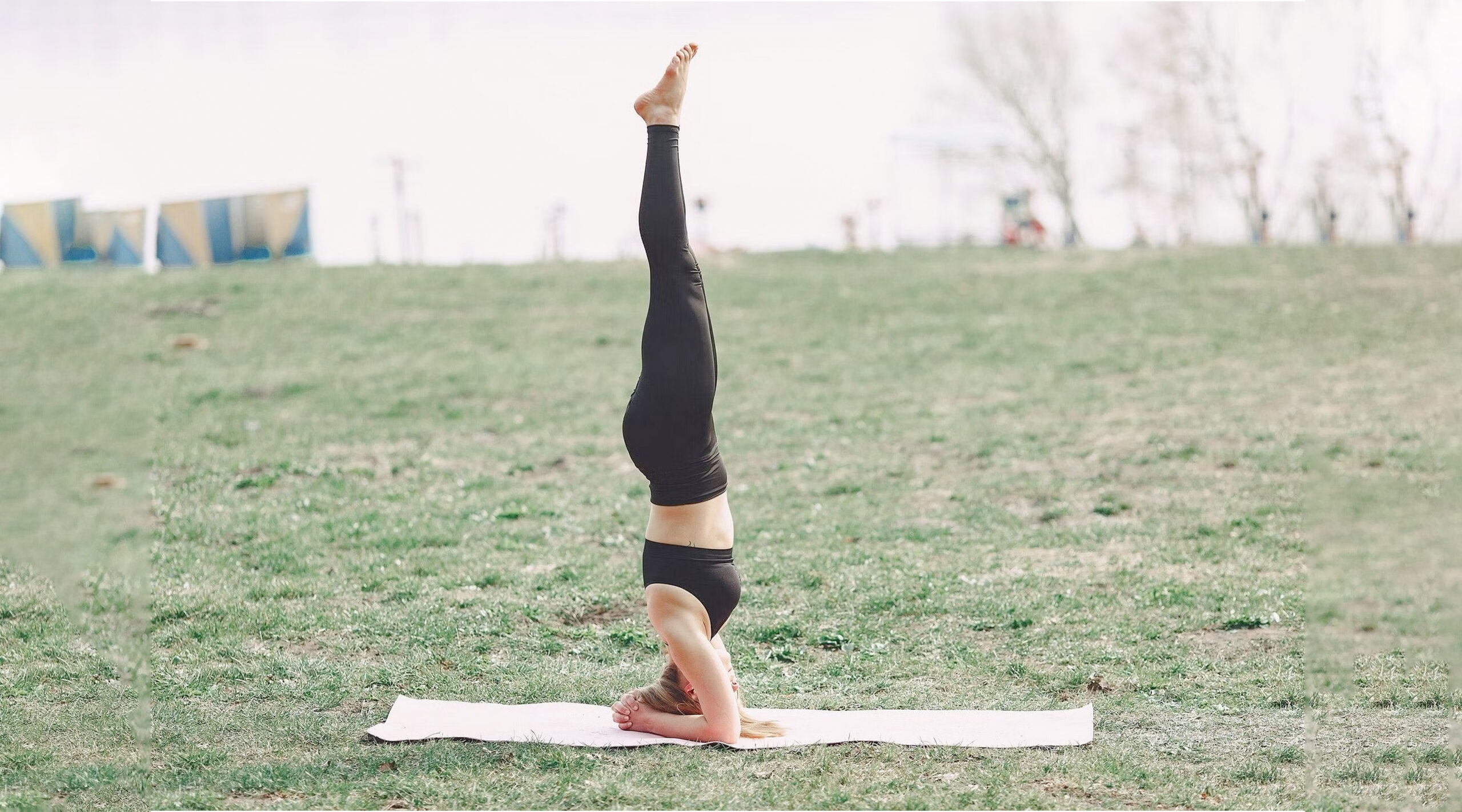
Experience Inner Equanimity and Enhance Concentration through Shirshasana Yoga Pose
Shirshasana, the ‘Headstand Pose’:
Shirshasana, occasionally referred to as the headstand yoga, is a widely recognised yoga asana. Due to its multiple psychological and bodily advantages, it is one among the most difficult yoga postures and is referred to as the “The King” of asanas.
Both the forearms and the top of the head hold the body while it is reversed in this sirsasana. This position strengthens the upper physique, calms the central nervous system, enhances blood flow to the brain, boosts clarity of thought, promotes focus, soothes the nervous system, and lessens feelings of anxiety and tension.
When practised regularly, this asana is capable of improving awareness of one’s body, bettering the sense of being grounded, and making general body balance better.
Steps to do Shirshasana:
Shirshasana steps ought to be done with care and in the right style. These are the instructions for performing this pose:
- Begin by bending down and placing your hands in the space in front of you, wide at the shoulders, with your fingers interlocked.
- Drop your forearms until they are in level with the floor and the tips of your elbows are immediately below your shoulders.
- Maintain your body weight properly divided between your head and forearms as you extend your knees and push your buttocks off the floor.
- One at a point, flex your knees and lift each foot up to your head.
- Extend your knees and make toes point towards the ceiling the moment your feet are near to the top of your head.
- To align your body in an upright position from your head to your heels, contract your abdominal muscles and elevate your hips further.
- After maintaining the position for a few deep breaths carefully bring your feet down to the floor.
Amazing Benefits of Shirshasana:
Yoga’s posture headstand yoga, known as Sirsasana yoga, has several psychological, psychological, and physical advantages.
Shirshasana benefits in many different manners, physically:
- Increasing the supply of blood to the brain, that can aid to improve retention and cognitive abilities.
- Boosting the amount of oxygen flowing to the brain, that can assist to lower stress and nervousness.
- Flexibility and muscular building of the neck, upper arms, arms, and abs
- Increasing body equilibrium and coordination.
- Alleviating headaches and congestion in the nasal passages.
- Raising stamina and decreasing fatigue
- Enhancing bodily waste removal and metabolism
Shirshasana benefits in many different manners, mentally as well as emotionally:
- Improving concentration and attentiveness.
- Enhancing stress reduction and a state of relaxation
- Increasing one’s sense of self-worth and consciousness of oneself.
- Fostering a feeling of tranquilly and wellness.
- Lowering psychological stress and worry.
- Improving spiritual understanding.
- Increasing self-assurance and mental toughness.
Tips to Avoid Injuries:
Below are some pointers for performing the shirshasana steps carefully.
- Ensure that your elbows are positioned at an angle of ninety degrees along with your forearms are precisely beneath your shoulders.
- Maintain a strong core right through the position.
- Instantly exit the stance if you experience any kind of discomfort.
- To begin, do assisted headstands on walls until you have the power and coordination to accomplish them unassisted.
Who should not do Shirshasana?
Although headstands benefits are numerous, but is not suitable for every individual. Sirsasana yoga should be avoided or approached cautiously by certain people:
- Sirsasana, a complex inversion posture that needs significant balance and muscular endurance, is not appropriate for newbies since they lack these skills.
- Those who have suffered neck or spinal cord injuries
- People with uncontrollable hypertension or elevated blood pressure
- Individuals who have specific eye disorders
- Females should refrain from doing it while they are menstruating. Inverted positions can interfere with the body’s normal downward blood flow, which can be uncomfortable or interfere with the menstrual period.
- Ladies who are expecting should refrain from doing it.
- People who have heart issues or fluctuating blood pressure
- Youngsters below the age of sixteen due to the incomplete development of their muscles and skeletal system.
Precautions Required to be Taken and Risks Attached:
To ensure that you are secure when performing this pose, remember the following:
- If you’re experiencing any head, neck, or shoulder ailments, you shouldn’t engage in this pose.
- Begin in a headstand with assistance from a wall.
- Always avoid performing this pose if you experience feeling drowsy or queasy.
- If you experience any discomfort, pay attention to your movements and exit the posture.
While the headstand benefits in many ways it’s necessary to be mindful of any possible dangers. These dangers consist of:
- Headaches: If the position is maintained for a prolonged period or if the neck is not correctly adjusted, headaches may develop.
- Vertigo: If the position is performed incorrectly, or if an individual has previous experiences of elevated blood pressure or heart issues, vertigo may happen.
- Neck injuries: If the posture is performed incorrectly or if that individual has a track record of neck issues, neck injuries may happen.
- Eye stress: If an individual fails to maintain their eyes shut during the position, stress on the eyes may result.
Conclusion:
Without a doubt, newbies should not be trying this position. Before trying headstand, it is essential to have a solid base in other yoga positions. To guarantee flawless alignment and prevent injuries, it’s also crucial to learn and perform this asana under the supervision of an experienced yoga teacher.

